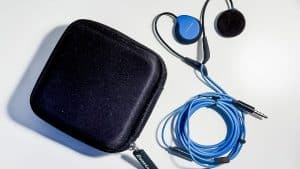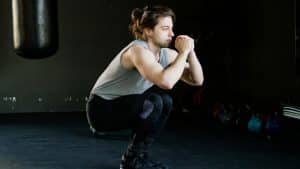When it comes to aches and injuries, the human back sometimes seems to be in a category of its own. It doesn’t take much; just lying in bed slightly wrong or standing not quite right can be enough to end up in agony. What causes all this pain, and is there anything you can do in your exercise routine to mitigate it?
First, how exactly do we injure our backs? It may seem like it happens for no reason, but there are generally risk factors. Do you stand up straight or slump? Do you spend a lot of time bent over a screen? Posture is a big factor in back pain. It’s especially bad if you spend long periods of time standing or sitting still, with no activity. You become tense or stiff (particularly if you’re stressed) while your muscles weaken from lack of movement.
Other risks for back pain include overuse of muscles (you need to move, but it’s a balancing act), repetitive strain from repeated actions (like if you fetch and carry all day), accidents like falls or slips, and age-related degeneration, a source of so many of the body’s ills.
So how do we avoid this damage, or at least reduce it? Any article about exercise will tell you about the importance of stretching. A discussion of the upper back is no different. Stretching is how we keep our muscles warm and supple, stop them from seizing up and relieve any tension. It gets blood, oxygen and nutrients flowing, releases endorphins, strengthens muscle and improves flexibility. It’s incredibly valuable when done safely and properly.
That means no stretching if it causes you serious pain outside of that healthy kind of ache that tells you you’re pushing yourself just right. If you’re nursing an injury or it really starts to hurt, talk to a doctor. If it’s going okay, make sure you keep doing the same stretches regularly and consistently. That’s the only way you’ll see improvement.
Popular stretches for the back include the shoulder blade squeeze, the upper trapezius stretch, the cat-camel stretch, the thoracic extension stretch, child’s pose, the chest opener stretch and the seated twist. If you have any doubts, talk to a professional.
Upper back problems can cause a lot of discomfort. The right exercise may be what you need to ease it.




